When your overlanding build evolves with new gear and modifications, so does your vehicle’s weight.
We revisited the CAT Scale to see how recent changes to our LC100 affected its weight profile—with surprising results that every off-road enthusiast should consider.
Last year, we shared how to get your vehicle weighed using a CAT Scale and the Weigh My Truck app, a process that takes just minutes and provides invaluable insight into your vehicle’s true weight.
If you missed that first look, you can check it out here: Stop Guessing Your Rig’s Weight: Weighing Your Off-Road Vehicle With CAT Scale.
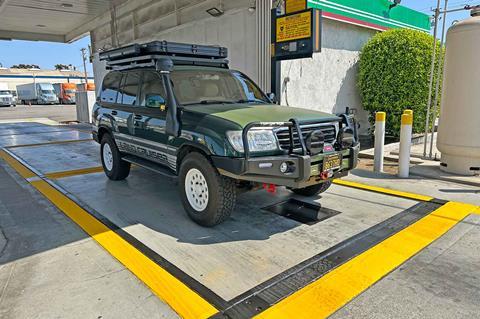
But here’s the thing: weighing your rig isn’t a one-and-done process. If you’re like most overlanders, your build evolves constantly—and so does your vehicle’s weight.
Since our last weigh-in, we’ve added and removed gear from the OVR LC100, and that meant it was time to head back to the scale.
What’s Changed Since Last Time?
Like many of you, we’ve been making moves. Some big, some small—all of which impact overall weight.
Additions include:
- An Overland Vehicle Systems rooftop tent, which clocks in at over 150 pounds plus mounts.
- More Redarc electronics, including a 2000W inverter and BCDC ALPHA50 R DC-DC charger.
- A pair of 300Ah KC lithium house batteries—a big upgrade from our previous 48Ah AGM setup.
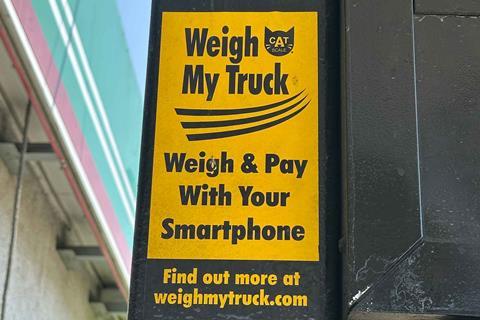
On the other hand, we’ve removed weight too:
- Most of the second-row seats are now gone to make space for a sleeping platform (still to be installed).
- We downsized from a 53L Dometic fridge to a 35L Iceco model.
- Our ARB drawer system got a purge—out went all the gear we never use.
In short, this is a perfect example of why it’s smart to re-weigh your vehicle any time your setup changes significantly.
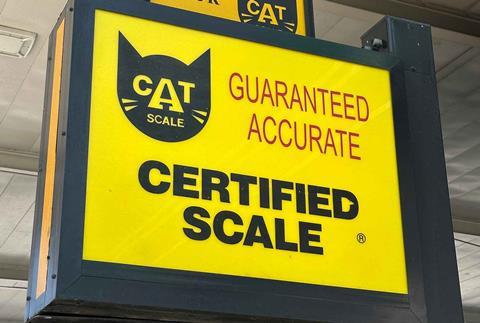
CAT Scale Revisited
We rolled the LC100 back onto a local CAT Scale and used the Weigh My Truck app again. If you haven’t tried it, the process couldn’t be easier: roll up, follow the prompts on your phone, and get your weight results in seconds—no need to go inside or speak to anyone.
(For a video guide on how quick and easy it is to weigh your vehicle at CAT Scale, check out this Instagram Reel we put together of our last visit there.)
Before we hit the scale, we stripped out anything we didn’t consider part of our standard loadout. We left basic tools, recovery straps, and our usual trail essentials, but no extra food, water, or camping gear. The goal was to get a dry baseline.
With ¾ of a tank of gas and the driver (me) in the seat, the scale read 7,000 pounds even.

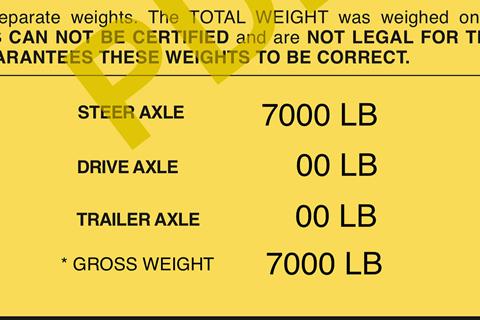
After crunching the numbers:
- Subtracting fuel and driver, our dry vehicle weight is about 6,700 pounds.
- With a full tank, that rises to 6,850 pounds.
- Adding the driver’s and passenger’s weights along with the weight of a full tank of gas, the wet vehicle weight is about 7,135 pounds.
- That’s a 115-pound net increase since our last weigh-in.
Here’s the kicker: Toyota lists the LC100’s GVWR at 6,860 pounds. That means we’re already 275 pounds over GVWR with two people and a full tank of gas – and that’s before loading up with gear, water, and supplies for a week on the trail.
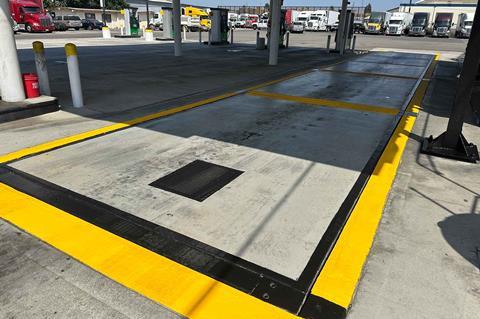
Why This Matters
Running overweight may not seem like a big deal, especially when everything “feels” fine. But the extra weight puts more strain on your suspension, brakes, and tires. It also affects fuel economy and, over time, can lead to premature wear—or worse, failure—of key components.
Knowing your weight helps you make smarter decisions. In our case, we knew we were adding significant weight with the rooftop tent, so we offset that by ditching part of the rear seats and rethinking what we actually need to bring on trips.
Whether you’re planning your first big trip or you’ve been at it for years, make weighing your vehicle part of your regular maintenance routine.
Every mod, every gear upgrade, every big trip—these all change your vehicle’s load. And if you’re chasing reliability and efficiency on the trail, it starts with knowing your numbers.
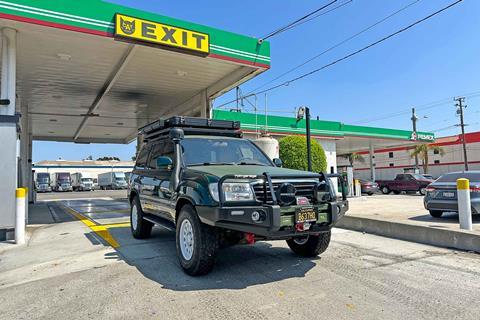
Final Thoughts
We’ll weigh the LC100 again after the sleeping platform goes in. But for now, having a new baseline lets us track how our build evolves—and plan smarter moving forward. It’ll also be interesting to weigh the truck fully loaded, just before we head out on an extended trip too.
If you haven’t weighed your rig lately—or ever—now’s the time. Head to CAT Scale, download the app, and get it done.
Read More About the OVR LC100 Budget Build by Clicking Here!
For more informative articles like this, consider subscribing to OVR Magazine in print or digital versions here. You can also find the print edition of OVR at your local newsstand by using our Magazine Finder


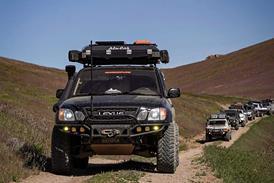
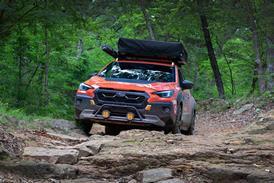
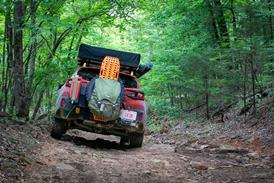
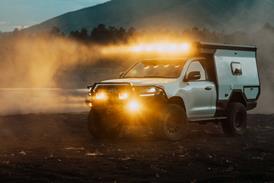
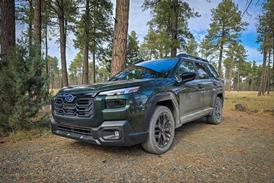
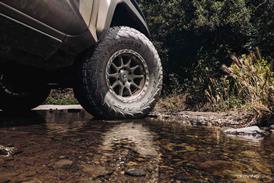
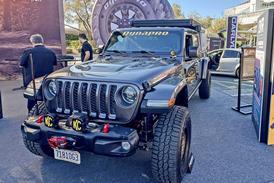
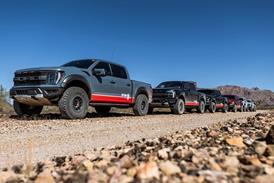
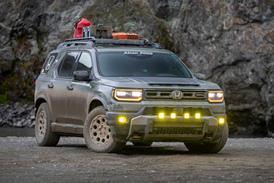
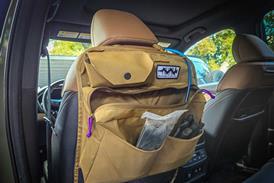
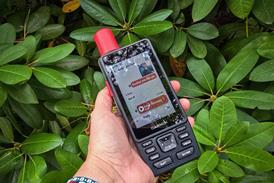
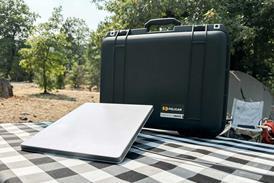







No comments yet